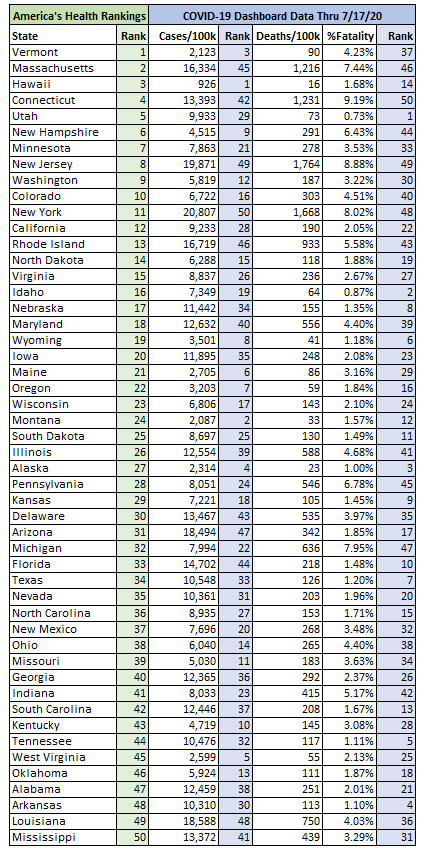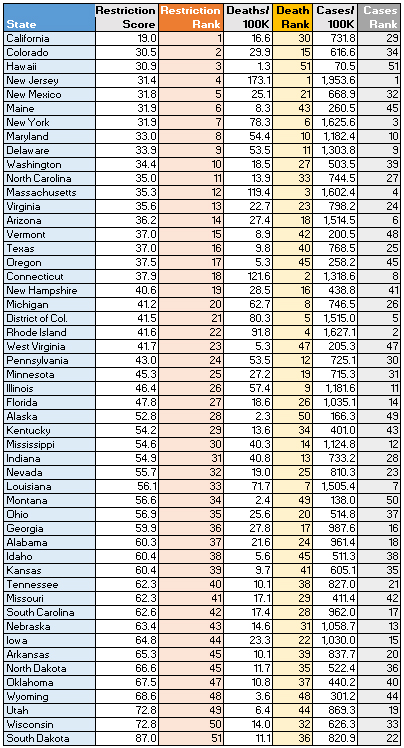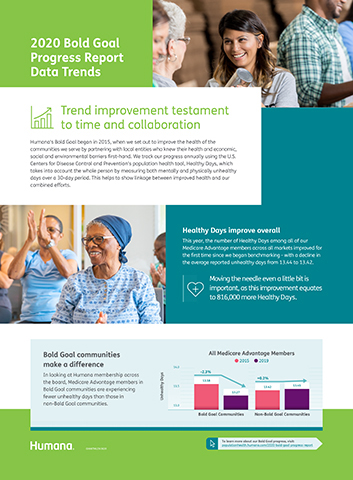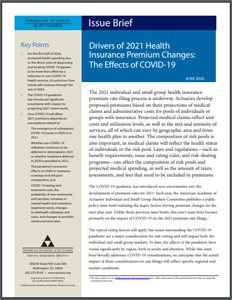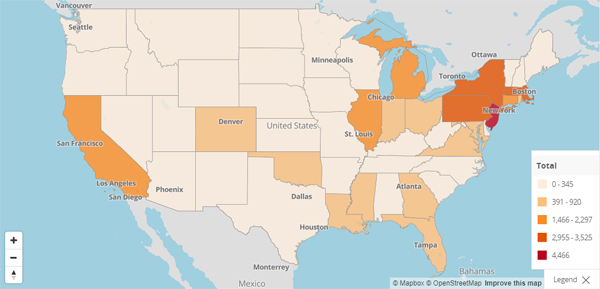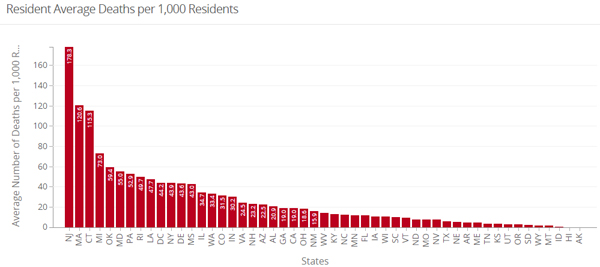By Dr. Seleem R. Choudhury, October 12, 2020
As a society, we have been enduring life in a pandemic for over half a year. Though we have been feeling the effects of COVID-19 for a long time, medically speaking the disease is still very new to us. It is important to remember that our knowledge is still developing regarding the virus and much remains unknown—specifically the long-term effects of the disease.
There is a common misconception that once a patient infected with COVID has a negative test, the issue is resolved. It is often repeated that according to the World Health Organization, about 80% of COVID-19 infections are mild or asymptomatic, and patients typically recover after two weeks (Carfì, Bernabei, & Landi, 2020).
Yet there are tens of thousands of people who have joined support groups on Slack and Facebook, who call themselves “long-termers” or “long-haulers” who are wrestling with serious COVID-19 symptoms a month or more after being infected with the disease (Yong, 2020).
There are essentially two types of COVID patients experiencing who appear to be experiencing long-term effects of the virus—those who were ventilated due to critical symptoms and those who have residual symptoms despite having “mild” symptoms while infected with the disease (Liu, Yan, Wan, Xiang, Le, & Liu, 2020).
Critical care teams know that the longer patients remain in the intensive care unit (ICU), the more likely they are to suffer “long-term physical, cognitive and emotional effects of being sedated” (Edwards, 2020). In fact, those effects have a name: "post-intensive care syndrome (PICS)," also referred to as post-ICU delirium. PICS is an ongoing challenge even in non-pandemic conditions. An article in 2019 described PICS resulting in cognitive impairment in 30–80% of ICU survivors, the severity may vary and often lasts for years (Colbenson, Johnson, & Wilson, 2019).
As a hypothesis based upon 2019 post-ICU delirium numbers together with an increased number of patients on ventilators due to COVID, and then combined with non-hospitalized virus survivors who are experiencing long-term symptoms, our current circumstances potentially present a public health crisis (Vittori, Lerman, Cascella, Gomez-Morad, Marchetti, Marinangeli, & Picardo, 2020). This presents hospitals, community practices, and mental health support agencies with an opportunity to expand their care services to meet a growing—and likely lasting—need.
Long-term effects of COVID-19
Four-fifths of those diagnosed with COVID experience mild symptoms. A “mild” case is defined as two weeks or more of symptoms such as fever, cough, sore throat, malaise, and myalgias. Beyond these flu-like symptoms, some patients have gastrointestinal issues, including anorexia, nausea, and diarrhea (Gandhi, Lynch, & del Rio, 2020).
But experts are finding that patients who had mild symptoms can experience more than just a decline in physical health. Between 30% and 50% of people infected with COVID that have clinical manifestations will face some form of mental health issues, according to an estimate from Dr. Teodor Postolache, a professor of psychiatry at the University of Maryland School of Medicine (Goldberg, 2020; Advisory Board, 2020). Those affected may experience anxiety or depression but also “nonspecific symptoms that include fatigue, sleep, and waking abnormalities, a general sense of not being at your best, not being fully recovered in terms of the abilities of performing academically, occupationally, [and] potentially physically” (Cooney, 2020).
Anecdotally, this matches what healthcare professionals are hearing from “long-haulers.” In addition to widely-reported fatigue reported by those healing post-COVID, these patients are experiencing neuropsychological problems ranging from headache, dizziness, and lingering loss of smell or taste to mood disorders and deeper cognitive impairment. Early reports from clinicians in China and Europe describe those infected with the disease suffering from lingering depression and anxiety, and in some cases muscle weakness and nerve damage preventing the ability to walk (Cooney, 2020).
Some COVID patients experiencing critical symptoms such as difficulty breathing were admitted to an Intensive Care Unit and placed on a ventilator. On average in the U.S., approximately 0.8 million people every year receive this treatment in critical care; it can be reasonably assumed that this number will drastically increase in 2020 with the spread of COVID (Jaffri, 2020).
There are years of substantial data indicating that people requiring mechanical ventilation experience adverse effects after they are discharged from care (Wunsch, Linde-Zwirble, Angus, Hartman, Milbrandt, & Kahn, 2010). People who survive up to two years after discharge from critical care are readmitted to nursing care, a rehabilitation facility, or to an ICU at up to a rate of 80%. Patients who have similarities to morbidities and the acute respiratory distress experienced by COVID-19 survivors are readmitted into these types of care at a higher rate (Jaffri, 2020).
Additionally, a study published by the American Thoracic Society found that other issues such as physical impairment, physical deconditioning, and muscle weakness can affect those who required mechanical ventilation for up to a year after their removal from the ventilator (Ruhl, Lord, Panek, Colantuoni, Sepulveda, & Chong, 2014). Some also report difficulties returning to work or maintaining financial stability. According to a 2018 study, 33% of individuals placed on a ventilator are unable to drive, limiting their mobility and social responsibilities, even up to a year after being discharged from critical care (Ohtake, Lee, Scott, Hinman, & Ali, 2018).
Solutions and opportunities
There is growing consensus that COVID-19 has potentially serious long-term physical and mental effects for survivors, regardless of whether symptoms at the time of infection were mild or critical. Simple analytics should be able to ascertain the need. This review is important as It is the responsibility and opportunity of the healthcare community to respond to this potential health crisis within its community.
The European Respiratory Society and American Thoracic Society-coordinated International Task Force recommends that clinicians follow up with all COVID-19 patients who were hospitalized because of the infection 6 to 8 weeks after their discharge from care (Spruit, Holland, Singh, Tonia, Wilson, & Troosters, 2020).
In response, COVID-19 rehabilitation clinics are being formed to focus on assessing patients’ cognitive ability, mental health, mobility, and ability to perform daily activities. These clinics offer mental health, physical therapy, and occupational therapy services, as well as pediatric rehabilitation medicine to address the needs of those dealing with long-term effects of the virus (Spruit, Holland, Singh, Tonia, Wilson, & Troosters, 2020).
The Spaulding Rehabilitation Network has engaged a multidisciplinary physician-led team of physiatrists, physical therapists, occupational therapists, speech language pathologists, and case managers to establish a dedicated outpatient clinic for those who are recovering or were hospitalized for COVID-19. The Kennedy Krieger Institute is introducing a rehabilitation clinic for those children and adolescents under age 21 who have “recovered from the virus but need additional support to regain lost neurological and physical function as a result of the illness.” The Shirley Ryan Ability Lab has been offering rehabilitation services for decades, and has already opened their services to those dealing with impairments as a result of COVID-19.
“Long-haulers” are experiencing the effects of a debilitating illness, and it will be vitally important for them to receive rehabilitation care, whether in person or via telehealth, to return to full health and quality of life (Urban, 2020). As was stated in the European Respiratory Journal: “Considering the expected high burden of respiratory, physical and psychological impairment following the acute phase of COVID-19, a huge number of patients should be referred early to a rehabilitation program” (Polastri, Nava, Clini, Vitacca, & Gosselink, 2020).
Early data from health authorities in the United Kingdom and Italy, two countries hit hard with COVID-19, has shown that a structured rehabilitation program in-clinic, in the home, or virtually can mitigate post-ICU symptoms for those treated for COVID-19, thus resulting in improvements in daily function and independence. This success can also be extended to those with milder symptoms and reduce alienation that victims of the disease have reported experiencing, and ensure physical, emotional and cognitive functioning and recovery.
In the U.S. hospitals have been so focused on the present crisis, that they have not developed the capacity to deal with patients and their post-COVID needs. This could create a potential health crisis down the road. It is time to transition out of crisis-mode and begin to form a strategy to serve the needs of patients who are experiencing long-term effects of COVID-19.
Resources:
-
Coronavirus Disease 2019 Pandemic Acute Respiratory Distress Syndrome Survivors: Pain After the Storm?, by Alessandro Vittori, MD, Jerrold Lerman, MD, Marco Cascella, MD, Andrea D. Gomez-Morad, MD, Giuliano Marchetti, MD, Franco Marinangeli, PhD, MD, and Sergio G. Picardo, MD (2020), International Anesthesia Research Society
- COVID-19: Interim Guidance on Rehabilitation in the Hospital and Post-Hospital Phase from a European Respiratory Society and American Thoracic Society-coordinated International Task Force, by Martijn A. Spruit, Anne E. Holland, Sally J. Singh, Thomy Tonia, Kevin C. Wilson, and Thierry Troosters (2020), European Respiratory Journal
- COVID-19 and pulmonary rehabilitation: preparing for phase three, by Massimiliano Polastri, Stefano Nava, Enrico Clini, Michele Vitacca, Rik Gosselink (2020), European Respiratory Journal
- COVID-19 Can Last for Several Months, by Ed Yong (2020), The Atlantic
- COVID-19 Support Group (2020), Body Politic
- COVID-19 Survivor Corps (2020), Facebook
- 'Covid fog': The latest emerging, long-term symptom of Covid-19 (2020), Advisory Board
- COVID Recovery & Rehabilitation (2020), Shirley Ryan Ability Lab
- For long-haulers, COVID-19 takes a toll on mind as well as body, by Emma Goldberg (2020), The Baltimore Sun
- Health Care Resource Use and Costs of Two-Year Survivors of Acute Lung Injury. An Observational Cohort Study, by A. Parker Ruhl, Robert K. Lord, Julia A. Panek, Elizabeth Colantuoni, Kristin A. Sepulveda, Alexandra Chong, Victor D. Dinglas, Carl B. Shanholtz, Peter J. Pronovost, Donald M. Steinwachs, and Dale M. Needham (2014), Annals of the American Thoracic Society
- Long after the fire of a Covid-19 infection, mental and neurological effects can still smolder, by Elizabeth Cooney (2020), Stat News
- Mild or Moderate COVID-19, by Rajesh T. Gandhi, M.D., John B. Lynch, M.D., M.P.H., and Carlos del Rio, M.D. (2020), The New England Journal of Medicine
- Pediatric Post COVID-19 Rehabilitation Clinic (2020), Kennedy Krieger Institute
- Persistent Symptoms in Patients After Acute COVID-19, by Angelo Carfì, MD; Roberto Bernabei, MD1 Francesco Landi, MD, PhD; et al (2020), JAMA Network
- Physical Impairments Associated With Post-Intensive Care Syndrome: Systematic Review Based on the World Health Organization's International Classification of Functioning, Disability and Health Framework, by Patricia J. Ohtake, Alan C. Lee, Jacqueline Coffey Scott, Rana S. Hinman, Naeem A. Ali, Carl R. Hinkson, Dale M. Needham, Lori Shutter, Helene Smith-Gabai, Mary C. Spires, Alecia Thiele, Clareen Wiencek, and James M. Smith (2018), Journal of the American Physical Therapy Association
- Post COVID-19 Outpatient Rehabilitation Program (2020), Spaulding Rehabilitation Network
- Post-Intensive care syndrome and COVID-19: crisis after a crisis?, by Abbis Jaffri (2020), Heart and Lung: The Journal of Cardiopulmonary and Acute Care
- Post-intensive care syndrome: impact, prevention, and management. Colbenson, G. A., Johnson, A., & Wilson, M. E. (2019). Breathe 2019
- Rehabilitation Care is Needed for Many COVID-19 Patients, by Kylie Urban (2020), University of Michigan Health Lab
- The epidemiology of mechanical ventilation use in the United States, by Hannah Wunsch, Walter T. Linde-Zwirble, Derek C. Angus, Mary E. Hartman, Eric B. Milbrandt, and Jeremy M. Kahn (2010), Critical Care Medicine
- 'They're Not Actually Getting Better,' Says Founder Of COVID-19 Long-Haulers Support Group by Robin Young and Serena McMahon (2020), wbur
- Viral dynamics in mild and severe cases of COVID-19, by Yang Liu, Li-Meng Yan, Lagen Wan, Tian-Xin Xiang, Aiping Le, Jia-Ming Liu, et al. (2020), The Lancet Infection Diseases
- Why some coronavirus patients could have problems after recovery, by Erika Edwards (2020), 7News
Read more from Dr. Seleem Choudhury at seleemchoudhury.com.
 Post a Comment By
Post a Comment By  Bellard, Kim |
Bellard, Kim |  Thursday, October 22, 2020 at 08:35AM tagged
Thursday, October 22, 2020 at 08:35AM tagged  Innovation|
Innovation|  Reform & Regulatory
Reform & Regulatory 







